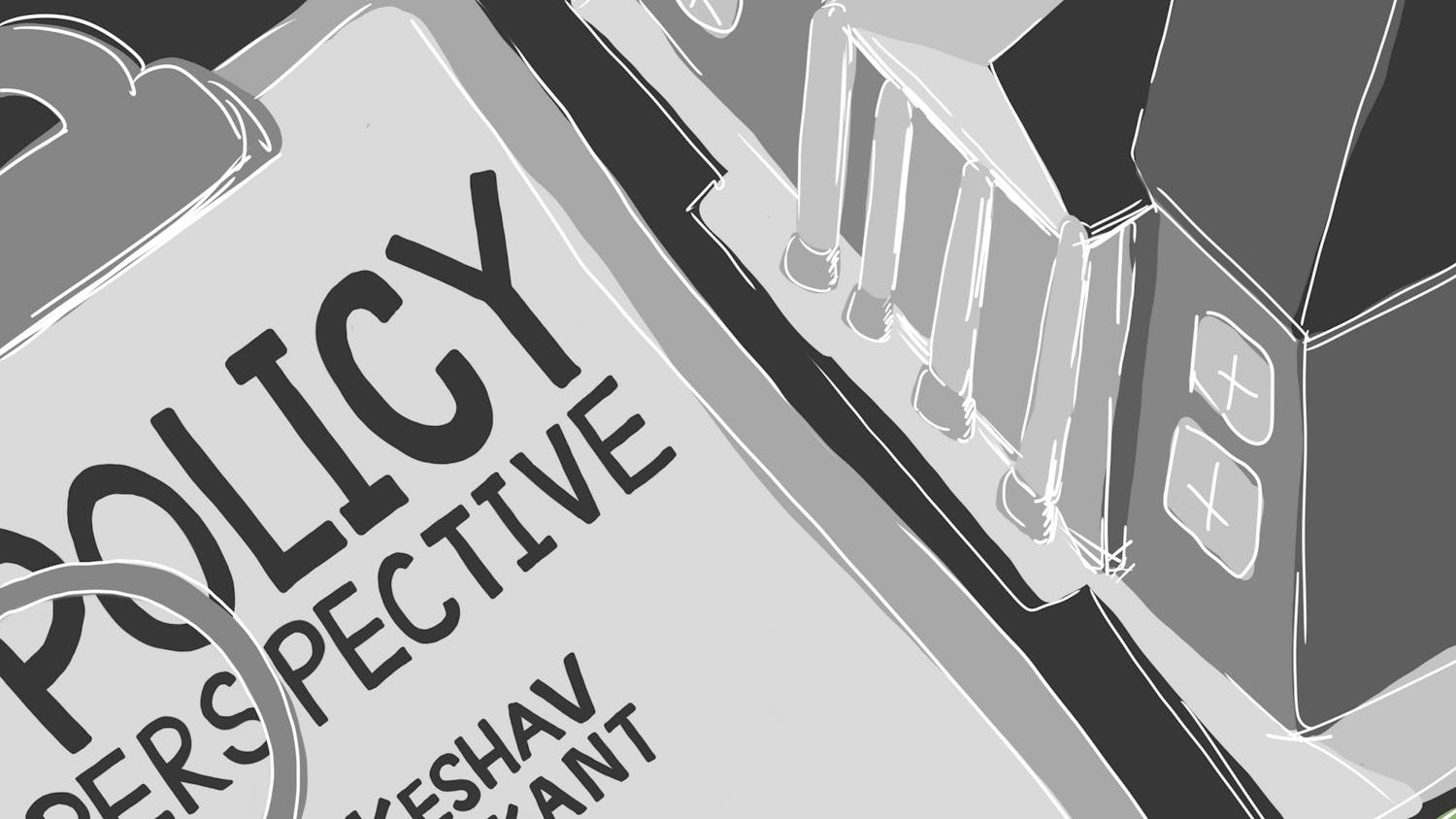A tour of Tufts is never complete without a stop at Tisch Library’s roof. With Boston’s skyline in the distance, the expansive vista makes the city’s proximity to Tufts seem tangible in ways that subway maps or shuttle schedules never could. Yes, Tufts exists at the periphery of a bustling metropolis, an international social space, a mecca for higher education, a beacon of culture — and to us, as students — a particularly valuable resource. We know this.
What we may not all be as acutely aware of is that the area’s art scene offers enormous variety. The MFA houses over 500,000 works.In 2015, USA Today named SoWa “the second best arts district in the country.”Tufts Gallery’s own collection includes works by Warhol, Stella and Rodin. With thousands of creative minds wandering dozens of local college campuses, artistic production thrives.
Yet specific events related to 'the arts' often only become visible to us when we express interest in them, implicitly identifying ourselves as 'artists' and 'art-lovers.' The art sections of periodicals provide access to reviews and announcements. Art history majors at Tufts receive weekly emails explaining various opportunities. When we actively pursue and consume such information, these events transition beyond vague references to Boston’s cultural productivity; they become real possibilities in our own lives, our subway map and now our Tisch roof's vista.
When we dismiss these informational resources, however, opportunities seem to disappear. This is not to say that arts-related news doesn’t find its way into daily conversation or social media dialogues. I learned about John Mayer’s upcoming concert at TD Garden through Facebook. A friend informed me of Beyonce’s pregnancy. But the events we hear about through such forums are typically those of national or international scale. Conversation about them springs up sporadically and then evaporates. Meanwhile, dialogues regarding art or arts institutions that live in the Boston-area don’t seem to expand far beyond the small communities that exist around their subjects, let alone far enough to occupy a regular space on Tufts’ campus.
So how can a student, without the time to read about or attend events discussed in periodicals’ art sections, without any academic background in art or art-making or a vision of themselves as a 'connoisseur,' gain access to such conversations? How can we broaden and democratize them?
Perhaps the answer is to discuss art in such a way that not only makes it visible to a wider audience, but also considers how it functions in larger social contexts. Boston’s post-election marches produced vivid picket signs: art as activism. Social networks have opened a local market for memes: art as comedy, as 'shareability.' Coding is a focus of an exhibition currently on view at the Tufts University Art Gallery: art as technological advancement. Tisch roof’s vista is an art story — its architectural views, its photographic reproductions—but it’s also an example of the kinds of metaphors that surface throughout discussions of art in our immediate environment and those that this column aims to deconstruct. Artists, art lovers, curious and creative minds, we hope you’ll join us in this pursuit.
-Ella Huzenis, Polykhroma
More from The Tufts Daily
Tok the Talk: The epidemic of iPad kids
By
Annika Pillai
| April 23
The Policy Perspective: Reasons to hope
By
Keshav Srikant
| April 22





